Trending Now
Sunday, Nov, 2024
Home / Returning to School
Returning to School
While we’re still unaware as to when school will reopen, there are several notifications and guidelines from the authorities regarding the development..
Image Courtesy: www.factordaily.com
India announced a complete lockdown at the end of March 2020 in response to the global outbreak of the novel coronavirus. Schools across the country were shut. While we’re still oblivious as to when school will reinstate, there are information and regulations from the authorities regarding the development of a truncated syllabus and instructions to students of primary standards to stay at home for a few more months.
The students of all social groups and classes are warned with messages about the danger of the coronavirus and how they should remain indoors, even as we have been witnessing thousands of families walking home, crowded trains and buses and the most heart wrenching of all – hunger and hopelessness.
Families are thrown out by landlords because they cannot pay rent, employers firing their workers and domestic workers being treated as untouchables by the same people who depended on them for housework and child care. Teachers in small-scale private schools have lost their jobs and compact teachers in government are afraid of being thrown out. A lot of them have not been paid for several months.
India has not spotted this kind of upheaval since the painful cross-migration during Partition in 1947. Children are traumatized, confused and are not able to understand what is happening around them. The students who belong to very poor families in both rural and urban areas have not only been cut off from learning processes but have been deprived of the mid-day meal.
While the rich, upper-middle and middle class with access to the digital world like computers and smartphones have access to online teaching from their schools, the vast majority of children, especially those studying in government schools and low-cost private schools, have no such opportunities. Therefore, it is quite ironic that a substantial portion of the discussions on education today is about online learning and the pros and cons of it. There is little discussion or debate about the impact of school closures on the most marginalized and poor children.
Sadly, not even the government or associated institutions like NCERTs are talking about what they could do to ease the path back to school and address the trauma and fear among children. There is also very little thought about how rural schools are expected to cope with returning workers and their families.
Nor are these establishments showing any concern about the emotional, mental, and physical state of children who have undergone the ordeal of reverse migration from a metro city to their village or the painful journey, and malnutrition they experienced. This is a representation of how some groups are imperceptible in the process of decision-making, before, during, or after a crisis.
What are the issues that merit urgent attention immediately after lockdown is withdrawn?
Students who would be returning to school and the students who will be enrolling afresh in rural schools need support – psychological and emotional – to enable them to get back into the rhythm of learning. Nandita Choudhry, a predominant voice in the field of Child Development, reminds us that some children may have encountered the illness or death of a family member, some may have lived with the reality or threat of eviction, and some have travelled hundreds of miles from cities from where they were rudely displaced. Even for those who may not have experienced any direct trauma or abuse, the lurking fear of the pandemic must have had a significant impact.
Without the competence to fully understand the situation and its outcomes, children are affected in direct and inobtrusive ways. Learning to live with uncertainty and fear and watching news reports with scenes beyond their comprehension, will have an impact on children of all ages. These are all concerns that schools will need to manoeuvre as children leave their homes to return to school. It is the responsibility of school administrators and teachers to enact strategies to support children.
Therefore, schools need to have a plan of action for structured activities and interactions with students, preferably in small groups, to let them talk and express their pent up emotions and feelings. For this to happen, teachers need to be trained and sensitized to refrain from rushing into completing the curriculum or jumping straight into formal teaching. A considerable amount of time may have to be set aside consciously to heal and to help each other, both the student and the teachers.
It is important to address the children's dilemma and experiences directly through conversations and presentations, but even more importantly, indirectly through artistic and creative expression which are known to be very effective in addressing deeper anxieties. Involving children in making the school environment more child-friendly, stories written by students and teachers, preparing and putting up paintings and posters made by students, and other artwork would provide much-needed space and time to start the healing process.
Similarly, sports, singing, and other interesting group activities could also help. What is essential is that the teachers should not be asked to rush into completing the syllabus. The school management and educational administration should concede the need for a time for healing – and this needs to be communicated loud and clear to all schools whether its a government or a private school. If such regulations are indeed composed and issued, government schools may follow - however inadequately. The private sector may not respond at all or as expected and push children back into formal teaching-learning processes with little regard for the children’s mental and emotional state.
Once this is undertaken and the process gathers propulsion, teachers need to be prepared to organize accelerated learning classes – to help children refresh what they know and help them reach a level where they are ready for the grade-specific curriculum. It would be valuable to re-visit those experiences – both by the government and NGOs – and help teachers work on appropriate accelerated learning programmes for their children. This could be done for a cluster of 15 to 20 schools, where all teachers are brought together to talk about their own experiences and also what they think would be the situation of children. This could be followed by a structured workshop to help them acquire the ability to work with children with love and empathy.
It is important to acknowledge that the majority of children in government schools and private schools that cater to the poor have not had access to any online learning. Learning levels among children have been flagged as a serious issue even before the lockdown. Teaching children at the right level is known to make a big difference. Equally, many children may have experienced extreme hardship, domestic violence, long journeys and seen the adults in their families fearful and distressed. Therefore, a well-planned and well-designed accelerated learning programme would be essential – once the healing process is winding down. This will be particularly challenging in rural schools in states that have seen a surge in reverse migration from the cities.

EShort / February 16, 2024
IMS Noida Admissions 2024: Apply for UG, PG programmes

EShort / February 16, 2024
GATE 2024: Response sheet out
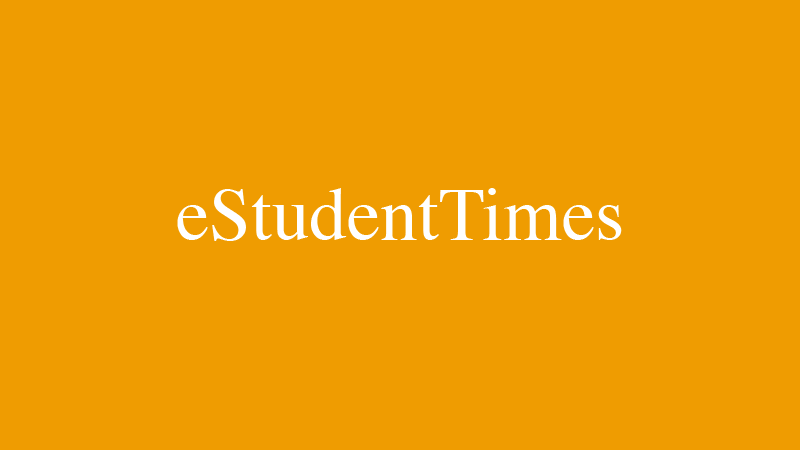
EShort / February 16, 2024
BSSTET 2023: Admit card released

EShort / February 16, 2024
NID DAT 2024: Prelims result released

EShort / February 16, 2024
IIT JAM 2024: Response sheet released

Jobs / February 16, 2024
UPSC Recruitment Drive 2024: Apply for 120 vacancies in various departments

EShort / February 14, 2024
UPSC CSE 2024: Official Notification issued; application process begins
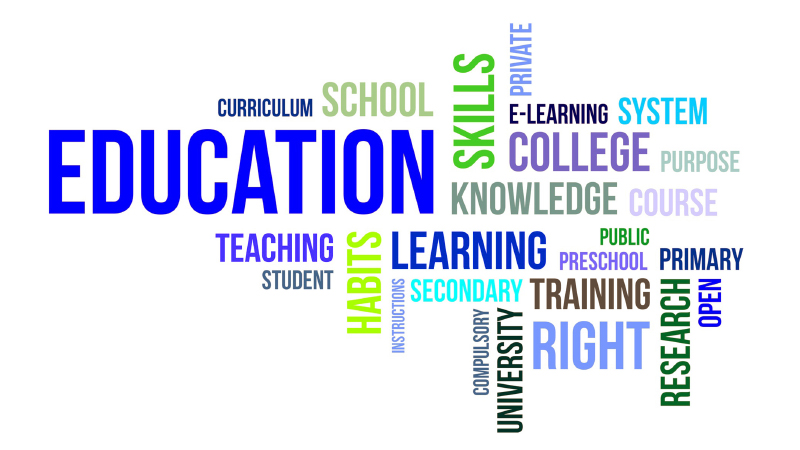
Editor's Desk / April 17, 2020
How Does Society Impact Our Education?

Current Affairs / April 22, 2020
Mr. Sudarsanam Babu appointed to U.S. Science Board.
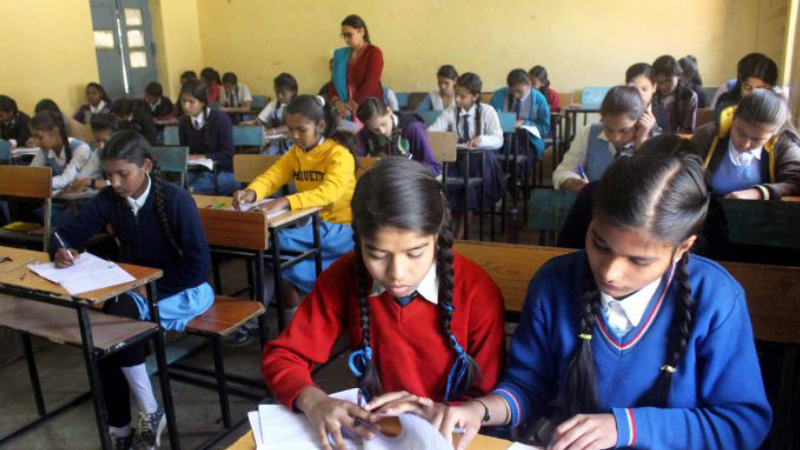
Reforms / April 17, 2020
Traditional Structure of Education In India
.jpg)
Events & Seminars / April 17, 2020
PISA!!
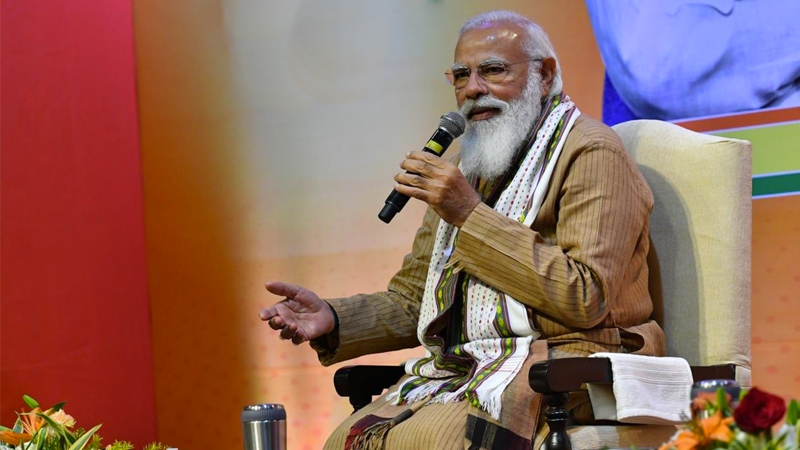
Blog / February 26, 2021
Government's Action On #ModiRojgaarDo

EShort / May 19, 2022
CUET PG 2025 has started the registration process.

Notice Board on Important Dates / April 21, 2020
World Heritage Day

News / July 08, 2021
JEE Mains Registration For Session 3: Last Date To Apply

EShort / December 14, 2021
UPSC Declared Final Result For DCIO Recruitment


 by
by  25 Jun 2020 17:09 PM IST /
25 Jun 2020 17:09 PM IST /  0 Comment(s) / 288
0 Comment(s) / 288 


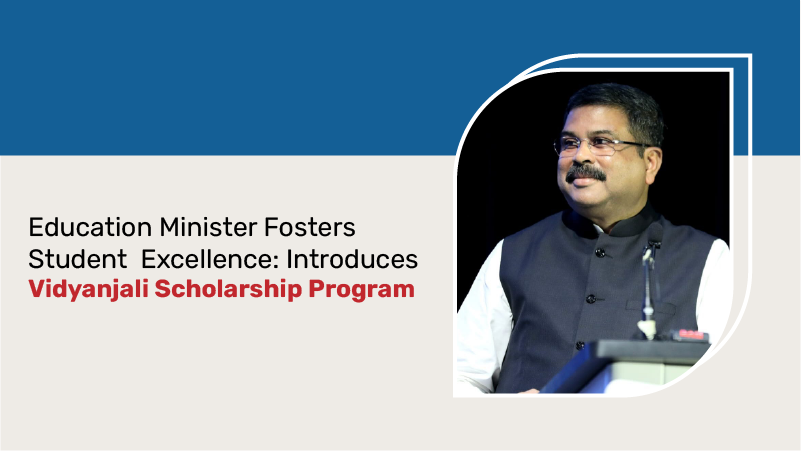
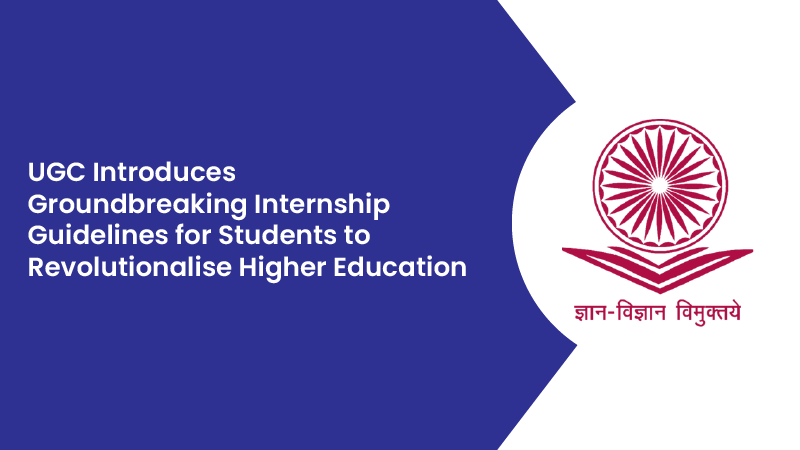



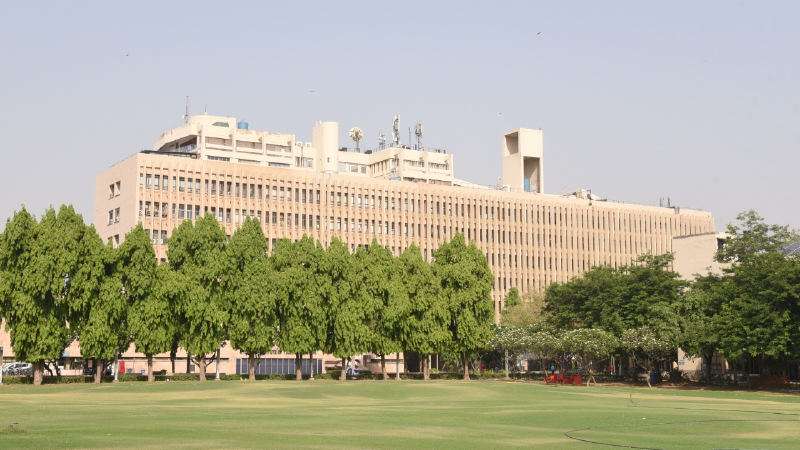








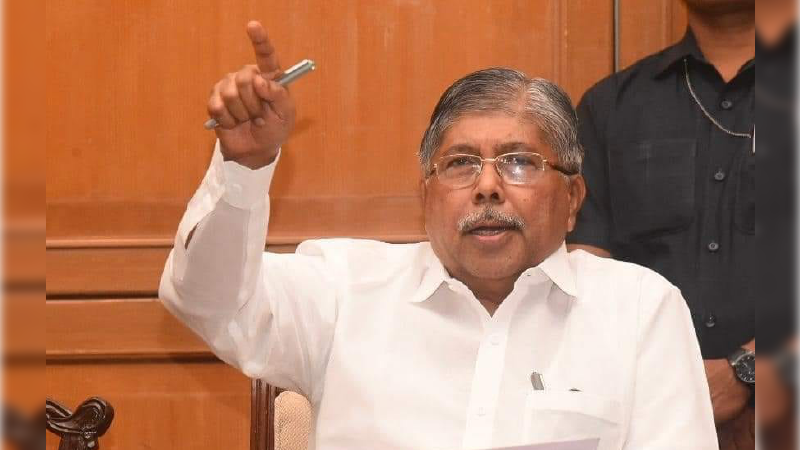
-02.png)

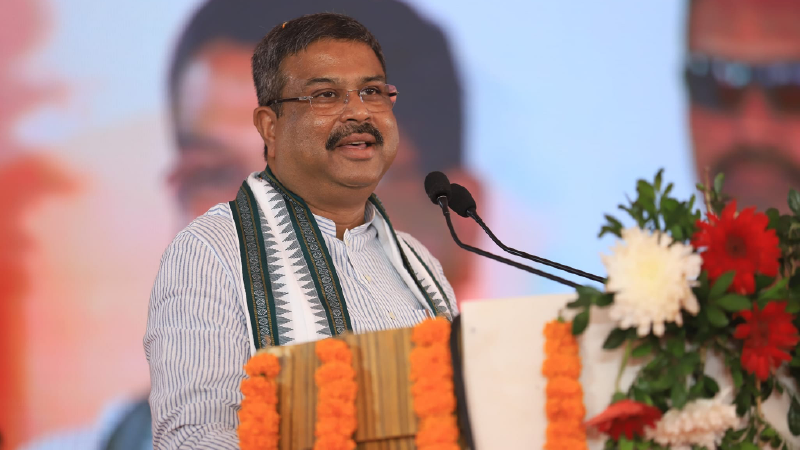



0 Comments
Post Comments